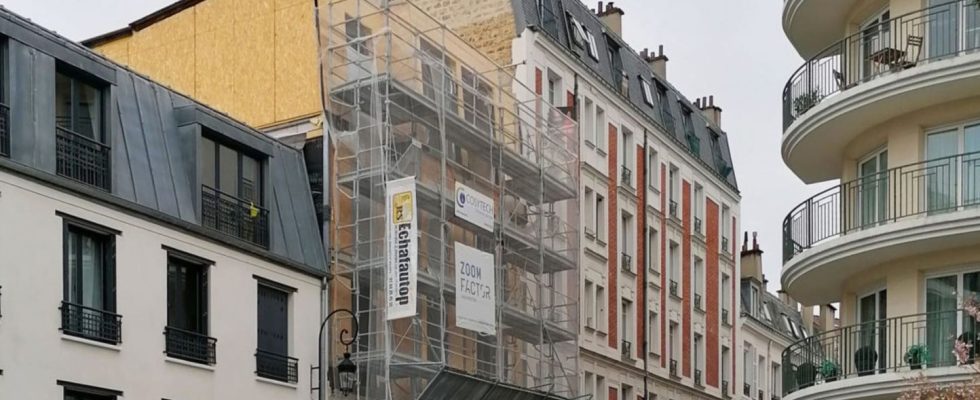He wants to tackle the crisis by creating “a supply shock”, promising to “go after all possible housing with his teeth”. Among the many files piling up on Gabriel Attal’s desk, that of real estate certainly figures prominently as the situation is tense throughout the territory. To accelerate the construction of new housing, the Prime Minister is banking on “gentle densification”. And in cities, where land is a rare and expensive commodity, this requires more height. “I hope that from 2025, we will build vertically in all major cities in France,” he said on February 14 while visiting a construction site in Villejuif, evoking the idea of “raising a certain number of buildings” .
This technique is not new. “It has always existed everywhere and at almost all times, except that it was barely or rarely seen,” indicated a year ago to 20 minutes Géraldine Bouchet-Blancou, doctor of architecture. For home owners, raising the height allows them to expand their living space without affecting their footprint. But it also works for buildings with the possibility in certain cases of adding floors to an already existing building.
“We don’t transform cities into Manhattan”
A process that is rarely used in cities and which still arouses a lot of suspicion, even distrust. “It can be scary, but elevation does not mean transforming cities into Manhattan,” replies Florence Bannier, head of partnerships and innovation at UpFactor. We are no longer in the dark with the construction, when possible, of one or two additional floors on certain buildings. » Created in 2017, this company is helping more and more large cities to gain height. Because in the meantime, the ZAN law has gone through this and is forcing communities to review their way of building.
Raising buildings therefore represents “an opportunity to reconcile the production of housing while avoiding the artificialization of land and urban sprawl”, estimates Marc Hervé, first deputy to the city of Rennes responsible for town planning. With a target of 5,000 new housing units per year in its new local housing program (2023-2028), the Rennes metropolis has mandated UpFactor to identify all potential sources of aerial land on its territory.
Succeed in convincing the owners
And she is not the only one with a similar approach, which has been initiated in several large cities in recent months. This is the case in Strasbourg where 16,500 potentially elevable buildings have been identified. Ditto in Nice where some 7,750 new apartments could be built by replacing the existing ones, half of which for social purposes. “This is not the only solution because we could also talk about the three million homes that are vacant in France,” underlines Jean-Yves Chapuis, urban strategy consultant. But when it is possible and it respects the rules, it must be done. In any case, a city is never static, it is always moving. »
But before we see apartments growing on the roofs of buildings, we will first have to convince landlords, owners or co-owners to undertake work. On this point, the procedures for this type of operation have been simplified. Since the Alur law passed in 2014, the owner of the top floor, necessarily the most impacted, no longer has the right of veto. This was replaced by a right of priority on the acquisition of the dwelling(s) built above one’s head.
What nuisance for neighbors?
However, there remain other obstacles such as the administrative burden on such projects, the cost of the work, the question of parking as well as the nuisance for neighbors with possible appeals. “The notion of acceptability is indeed fundamental for this type of project,” underlines Florence Bannier.
But according to her, raising the height of a building also has many advantages, particularly financial. “The gain from the sale of the right of elevation made by the co-owners can make it possible to finance the energy renovation work and therefore increase the value of the property,” she assures. This can also be an opportunity to install elevators in buildings where there were none. »

